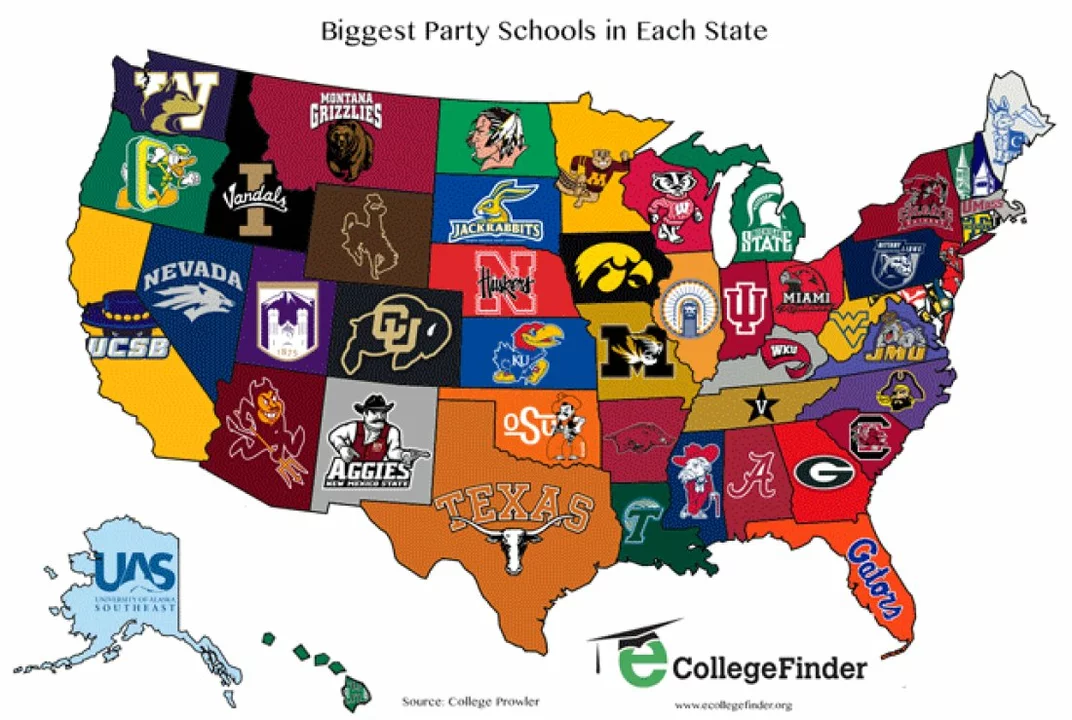Professional Sports Teams
When we talk about professional sports teams, organized groups competing in paid leagues across various sports. Also known as pro clubs, they are the backbone of modern competitive athletics. Professional sports teams exist in many formats, from city‑based franchises to corporate‑owned squads, and they all share a core goal: winning games while building a loyal fan base. A NFL, the top professional American football league exemplifies how a single league can drive massive revenue, media contracts, and cultural moments. Likewise, college football, the amateur yet heavily commercialized collegiate competition shows that even non‑professional structures influence team finances and fan engagement. The way guaranteed contracts, binding agreements that secure athlete salaries regardless of performance shape roster decisions highlights the business side of team management. Together, these entities illustrate that professional sports teams encompass league organization, financial security, and performance strategy.
One key relationship is that professional sports teams require robust fan engagement to stay profitable; without ticket sales, merch, or broadcast viewership, even the biggest leagues would struggle. This need drives teams to invest in community outreach, social media content, and memorable game‑day experiences. Another vital link is that guaranteed contracts influence team performance: when players know their salary is secure, they can focus on long‑term development rather than short‑term pressure, which can improve overall squad depth. The NFL’s salary cap system, for example, forces franchises to balance star contracts with role players, showing how financial rules shape on‑field tactics. In college football, scholarship limits serve a similar purpose, limiting how many athletes a program can fund, which in turn affects recruiting strategies and competitive balance. These semantic triples—team health depends on fan engagement, contracts affect performance, league rules guide roster composition—form the foundation of any discussion about professional sports teams.
Below you’ll find a curated mix of articles that dig into these topics from every angle: from how the Kansas City Chiefs plan to dominate the season, to why guaranteed contracts matter in the NHL and NBA, to the debate over what truly defines a sport. Whether you’re curious about team performance metrics, league dynamics, or the business side of the game, the collection offers practical insights and real‑world examples. Dive in to see how the concepts we’ve outlined play out in today’s headlines and get a clearer picture of what makes professional sports teams tick.

Which U.S. states have the most professional sports teams?
As a sports enthusiast, I recently looked into which U.S. states have the most professional sports teams. It turns out that California leads the pack with 16 major league teams across various sports such as football, basketball, baseball, and hockey. New York and Texas follow closely behind, boasting 11 and 10 teams respectively. Interestingly, the East Coast seems to have a higher concentration of professional sports teams compared to other regions. With such a diverse selection of teams, fans in these states are certainly spoiled for choice when it comes to supporting their favorite sport!
Read More


